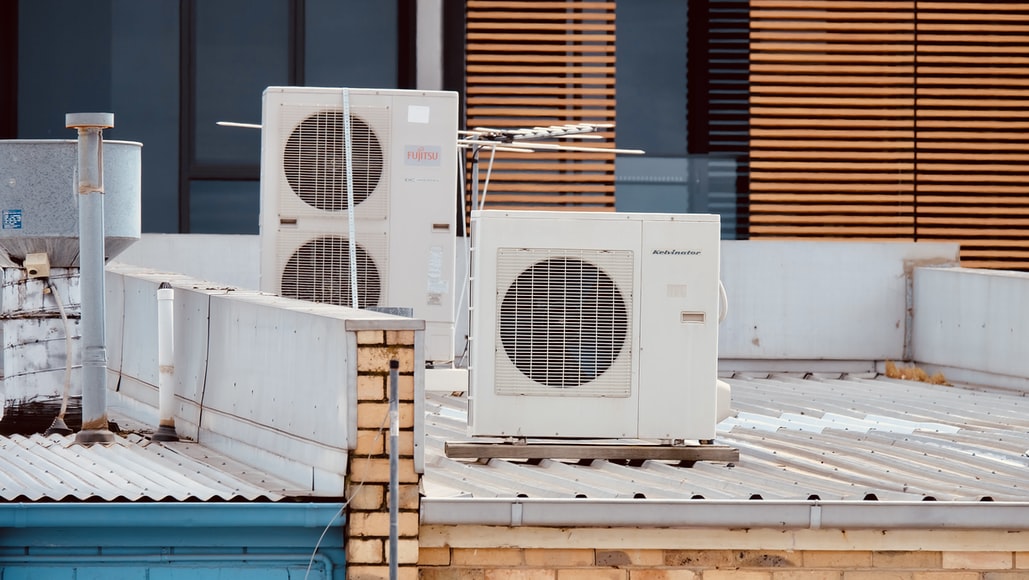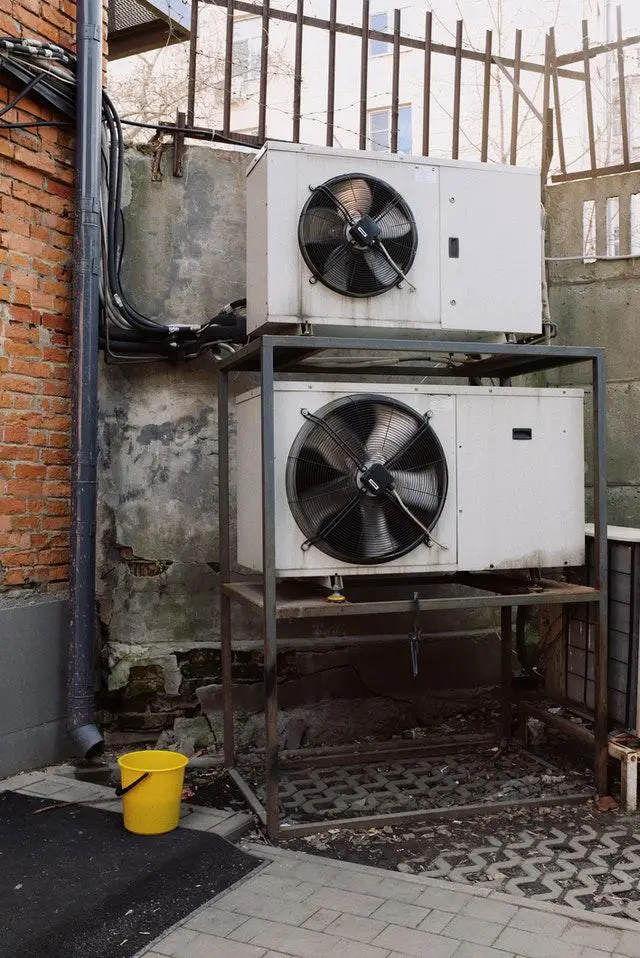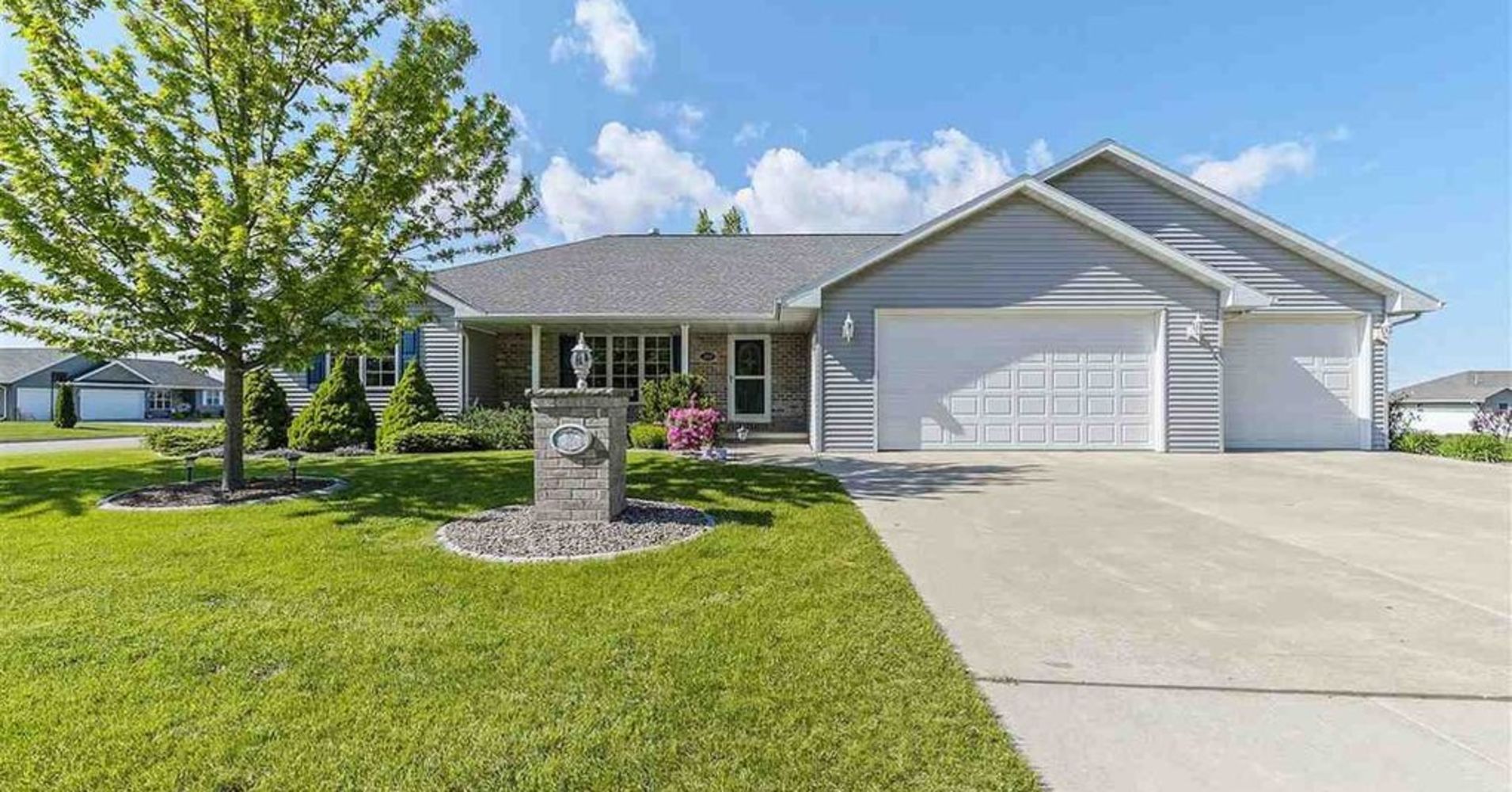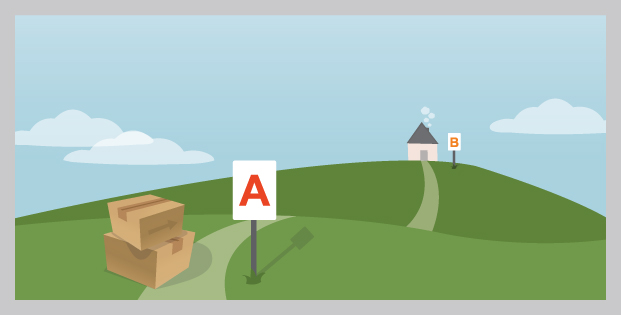Nothing surpasses returning back to a warm, friendly home on a chilly winter day, and nothing beats returning to a cool, welcoming home on a hot summer day. This is why having an HVAC system is so important. If you’re interested in learning more about HVAC (Heating, Ventilation, and Air Conditioning), keep reading to find out how they function and what they do.
What is HVAC?
An HVAC system refers to the equipment, technology, and processes used to heat, cool, and ventilate a commercial or residential building. Examples of typical equipment covered in this category are air conditioners, heat pumps, furnaces, air handlers, ductwork, ventilation lines, filters, and other air quality goods.
HVAC systems are divided into four categories: split systems, hybrid systems, ductless systems, and packaged heating and air systems.
Split System
A split system is a heating and cooling system with indoor and outdoor units connected by copper tubing. Split systems might comprise of a heat pump or air conditioner installed outside your home, as well as a gas furnace or a fan coil installed within your home.
Hybrid Systems
Hybrid HVAC systems are also known as hybrid heating systems since they save the most energy during the heating season. The energy-saving technology works like this: An air-source heat pump uses energy to keep the house warm when it’s cold outside.
The microprocessor in a hybrid HVAC system chooses between an electrically driven heat pump and a furnace that burns natural gas, propane, or fuel oil.
Ductless Systems
Mini-split air conditioners, often known as ductless systems, are air conditioners that can be used in homes, businesses, and institutions.Non-ducted heating systems are also an excellent option for multifamily buildings, small flats, and room extensions where extending or installing distribution ductwork for a central air conditioner is not feasible.
The two primary components are an outdoor compressor/condenser and an inside air-handling device. The outdoor and inside units are connected by a conduit that houses the power wire, refrigerant tubing, suction tubing, and condensate drain.
Packaged Heating and Air Systems
Unlike a traditional split system, which includes both an indoor and an outdoor unit, this system has one interior and one exterior unit. The term “packaged HVAC unit” refers to a heating and cooling system contained within the same unit. Installed units are often put on the roof or the side of a home.
A Few Mentioned Components of the HVAC System and their Function
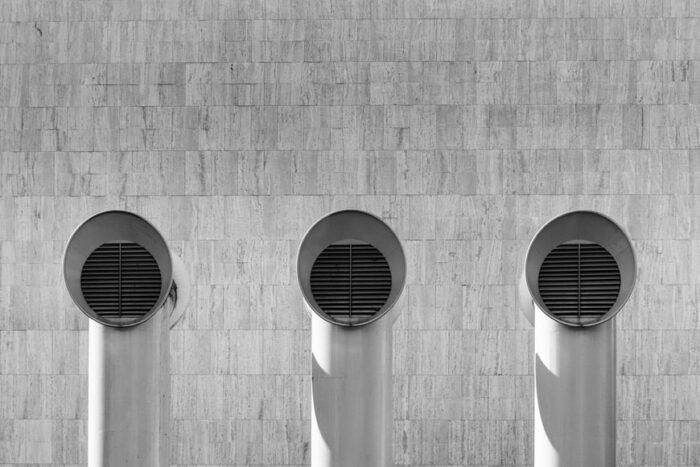
Coils absorb and transmit moisture and heat while also assisting in the temperature control of the refrigerant. The coil size might vary substantially depending on the efficiency of your system.
The compressor of an air conditioner or heat pump is a crucial component. It’s what regulates the pressure of the refrigerant. Because the compressor works so hard when your system is turned on, it requires regular maintenance to avoid issues.
Depending on how intricate your system is and how much it needs to communicate with various components, a thermostat may require many electrical inputs. The thermostat serves as the system’s human control endpoint, passing commands.
Ducts transport air to different parts of the house, and vents or registers allow the air to enter the room to heat or cool it.
Every major piece of HVAC equipment must be able to communicate with the rest of the system’s components. This is especially true if your equipment has multiple speeds and automatically adjusts to the temperature. Proper electrical circuitry and controls are in charge of all of this.
And there you have it. A quick overview of HVAC systems. For more information, check out Metro PHA.
